Nest Doorbell (wired, 2nd Gen) vs. Nest Doorbell (1st Gen): Goodbye, Hello
Google finally made a follow-up video doorbell worthy of the Nest name.
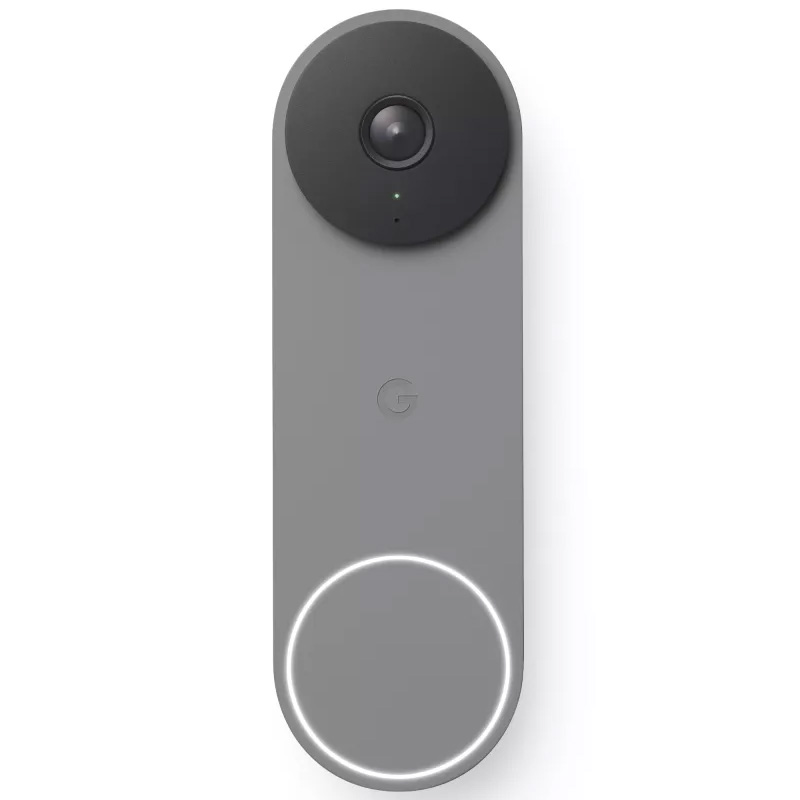
Google's updated Nest Doorbell brings a refreshed design that matches the battery-powered model. It also picks up an improved camera, faster processing, better AI detection methods, and more. It's also cheaper than the original Nest Hello Video Doorbell. It features a battery backup capable of recording for 1 hour after it's offline, but it can't use the more full-featured Nest app from the previous generation.
For
- More modern design
- 24/7 recording history available
- Battery backup for 1 hour
- On-device machine learning
- Free object recognition
- Free 3-hour video storage
Against
- A subscription is necessary if you want more than 3hrs of event history
- Needs to be hardwired
- Can't be used with the Nest app
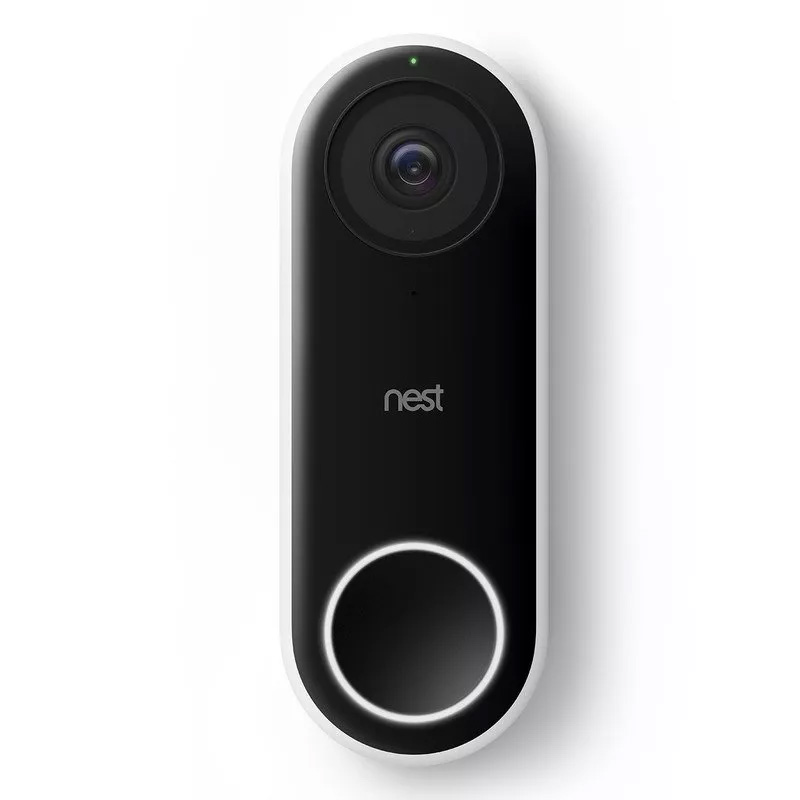
Nest Hello Video Doorbell has gone through some naming changes over the years but remained the video doorbell of choice since its debut in 2018. Until now, that is. The camera is higher resolution than the new Nest Doorbell (Wired, 2nd Gen), has a wider aspect ratio, and it can use the more full-featured Nest app, but those are its only real advantages.
For
- Nest app is still more full-featured
- Continuous recording options
- Higher resolution camera
- Wider aspect ratio
- Google AI smarts
Against
- Most features require a subscription
- No battery backup
- Timeline snapshots are only photos
- Needs to be hardwired
It's been quite some time since Google launched a new wired video doorbell — more than four years, to be exact — but the latest video doorbell from Nest is finally the sequel we've been waiting for. That's great news if you were one of the folks who "upgraded" to the Nest Doorbell (battery) that was released in 2021 which, by most accounts, was a pretty bad product.
In contrast, the new Nest Doorbell (2nd Gen) is our favorite video doorbell that supports Google Assistant for many reasons, all of which add up to an experience that's well worth upgrading to if your original Nest Hello is on the fritz. It comes with a sleeker exterior, 1-hour battery backup and offline recording, smart on-device object identification that doesn't require a subscription, and even 3-hour video storage for free.
Nest Doorbell (wired, 2nd Gen) vs. Nest Doorbell (1st Gen): A big design upgrade
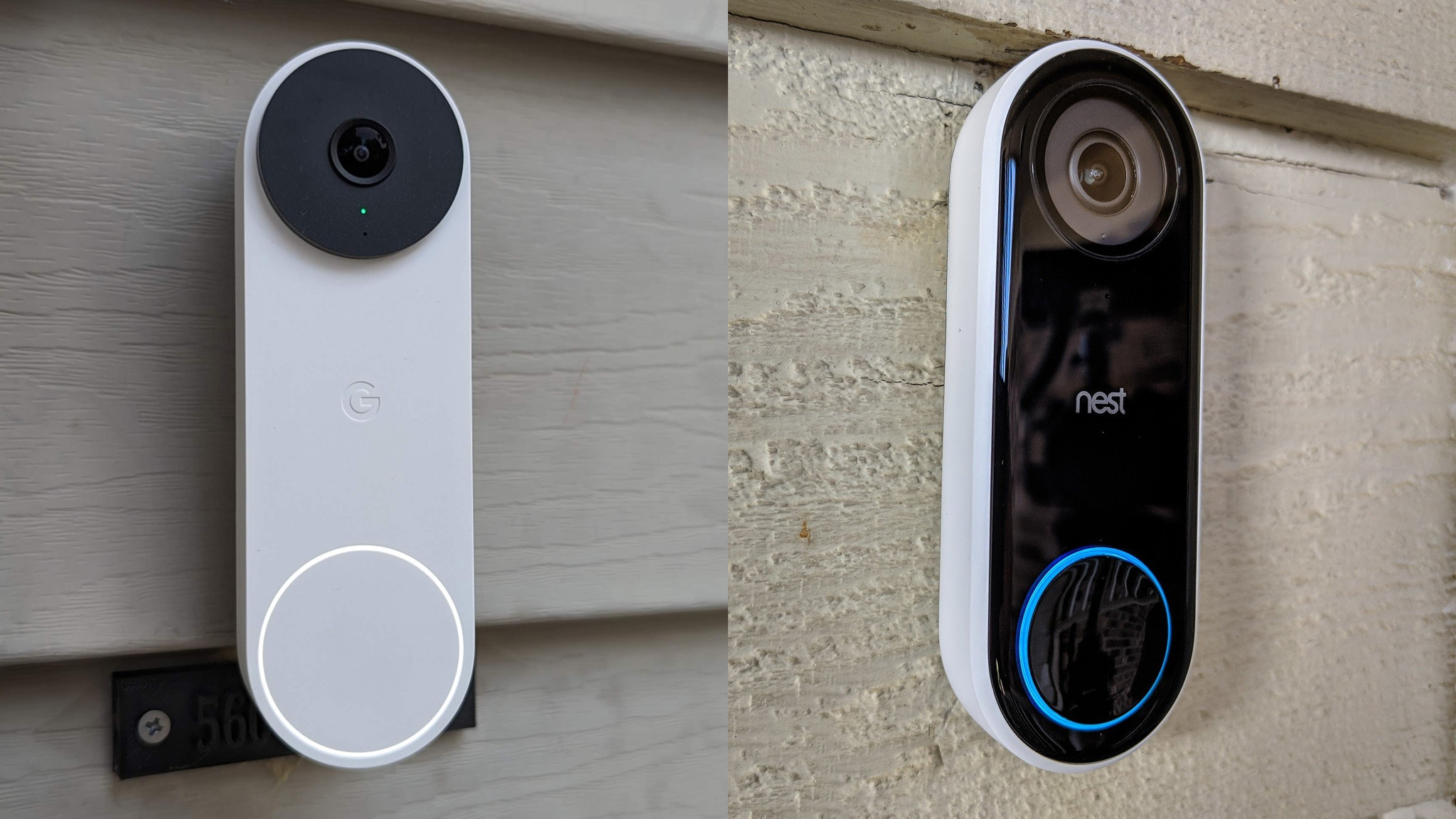
The new Nest Doorbell looks sleeker and comes in a variety of colors.
When comparing the design of the original Nest Doorbell and the new Nest Doorbell (2nd Gen), one thing's obvious: the old one just plain looks old. It's got that shiny black plastic front that scratches easily and, if I'm being perfectly honest, looks a bit cheap these days. Some users have even seen that shiny facade peel off over the years, leaving it looking a bit worse for wear.
The new Nest Doorbell (2nd Gen) is considerably sleeker, taking design cues from 2021's Nest Doorbell (battery) without the massive size and thermal issues that plagued that product. It's one of the best visual redesigns of a product line we've seen in a while and it fits Google's overall product style and aesthetic in 2022 quite well. As a bonus, it also comes in a variety of colors to better match your home, while the original just came in black.
Beyond just looking nicer, the new Nest Doorbell (2nd Gen) is also better hardened for the environment it lives in. While the original was rated for IPX4 water resistance, the new one also features a dust resistance rating of 5. That means, in addition to the same water resistance rating as the original Nest Doorbell, the new Nest Doorbell (2nd Gen) is protected against contamination from limited amounts of dust and other particles. That could be extremely important depending on where you live.
| Header Cell - Column 0 | Nest Doorbell (wired, 2nd Gen) | Nest Hello/Nest Doorbell (1st Gen) |
|---|---|---|
| Dimensions | 1.8 x 6.3 x 0.9 5.2 x 1.7 x 1.1 inches (42 x 28 x 131 mm) | 1.7 x 4.6 x 1.0 inches (43 x 26 x 117 mm) |
| Colors | Snow, Ash, Linen, Ivy | Black |
| Video | 960x1,280 with 3:4 aspect ratio30 FPSHDR | 1,600x1,200 with 4:3 aspect ratio30 FPSHDR |
| Camera | 1/3-inch 1.3-megapixel color sensor, 6x digital zoom | 1/3-inch, 3MP color sensor8x digital zoom |
| FOV | 145º diagonal | 160º diagonal |
| Night Vision | 850nm IR LEDs | 850nm IR LEDs |
| Power | Hardwired (16–24V AC, 10VA, 50/60Hz doorbell transformer) | Hardwired (16–24V AC, 10VA, 50/60Hz doorbell transformer) |
| Battery backup | 1 hour battery backup | ❌ |
| Expandable storage | ❌ | ❌ |
| Operating temperature | –40° to 104°F (–20°C to 40°C) | –40° to 104°F (–20°C to 40°C) |
| Weather resistance | IP54 | IPX4 |
| Wireless | 802.11a/b/g/n/ac (2.4GHz/5GHz), Bluetooth Low Energy (BLE) | 802.11a/b/g/n/ac (2.4GHz/5GHz) |
| Wireless security | WEP, WPA, WPA2, WPA3 encryption supported | WEP, WPA, WPA2 encryption supported |
| Security | TLS/SSL with 128-bit AES, On-device machine learning | TLS/SSL with 128-bit AES |
| Free smart features | Smart intelligence detection for: person, package, vehicle, animals | Basic motion alerts |
| Paid smart features | Smart intelligence detection for: person, package, vehicle, animals | Smart intelligence detection for: person, package, vehicle, animals |
Like the original Nest Doorbell, the new Nest Doorbell (2nd Gen) has to be hardwired into your home's electrical system via a doorbell transformer. If you've already got a wired doorbell or are upgrading from the original Nest Doorbell, installation is as easy as unhooking the old one and screwing the wires into the new one. Otherwise, if electrical wiring scares you a bit, a fully wireless doorbell like Arlo Essential Wire-Free is the best bet.
Nest Doorbell (wired, 2nd Gen) vs. Nest Doorbell (1st Gen): Keeping things offline
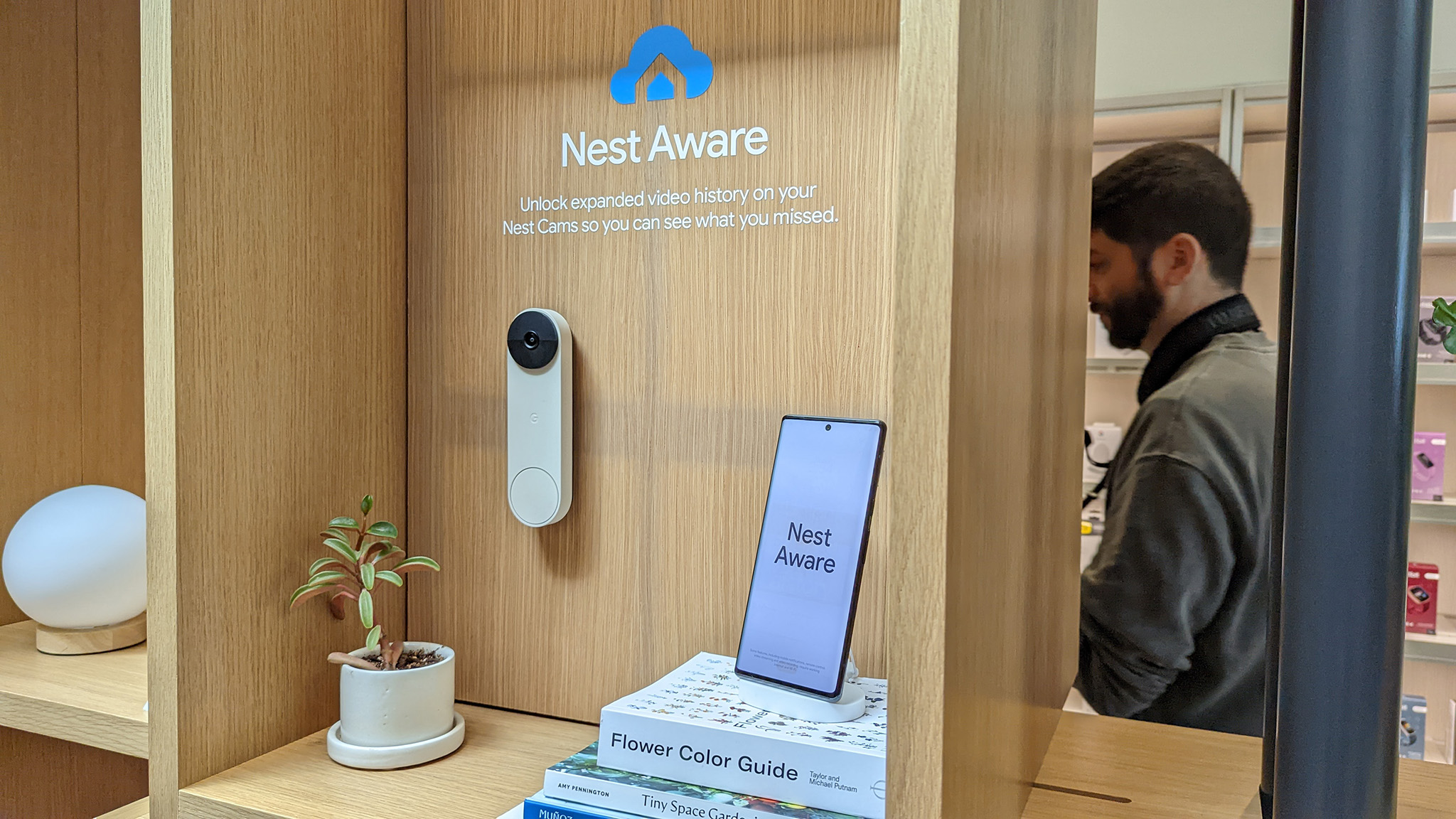
The new doorbell features offline recording, free object recognition, and a 1-hour battery backup.
In addition to outward hardware improvements, Google included a few amazing new features that really rocket the Nest Doorbell (2nd Gen) to the top of the pack. First up is the new battery backup that'll keep your Nest Doorbell (2nd Gen) going for up to 1-hour after a power outage. While that's not a super long time, it's better than no battery backup at all.
It also means that you won't miss recording functionality if your power goes offline, even if that means you can't actually answer the doorbell remotely.
Along with Google's other newer Nest cameras, Nest Doorbell (2nd Gen) includes 3-hour cloud storage for free. That means you won't need a subscription just to view historical footage, which is a stark contrast to Google's original doorbell product. There are few things more annoying than just barely missing the person at your door and having no idea who they were because you didn't pay for a Nest Aware subscription.
Google is also including object recognition for free with every Nest Doorbell (2nd Gen), which is another huge upgrade from the original doorbell. Using a new processor inside the doorbell, Nest Doorbell (2nd Gen) can tell the difference between a person, package, vehicle, or animal without having to send any data to the cloud first. It also means you can have very specific motion alert zones for each and every one of these categories.
Continuous recording is back and just as good as you'd hoped.
Motion alerts for the original Nest Doorbell would only show what happens after motion occurred, but the new Nest Doorbell (2nd Gen) will deliver 2 seconds of what's called pre-roll footage in addition to whatever happened after motion was detected. Sometimes, that can deliver important context to what you're seeing on video.
Google's famous Familiar Face feature is still locked behind that Nest Aware subscription, though, so keep that in mind if you love the feature and want to keep using it. Neither doorbell offers offline video storage so it's important that you decide whether having only the past 3 hours of recording is enough. Otherwise, you'll want to buy a Nest Aware monthly plan which starts at $6 per month.
Nest Doorbell (2nd Gen) also brings back the wonderful continuous recording feature from the original doorbell, although that feature is also locked behind a Nest Aware subscription. Continuous recording does exactly what you expect, providing up to 30-days of event history in addition to Familiar Face, smoke alarm, carbon monoxide, and glass-breaking detections with a Nest Aware plan.
Nest Doorbell (wired, 2nd Gen) vs. Nest Doorbell (1st Gen): What's not better
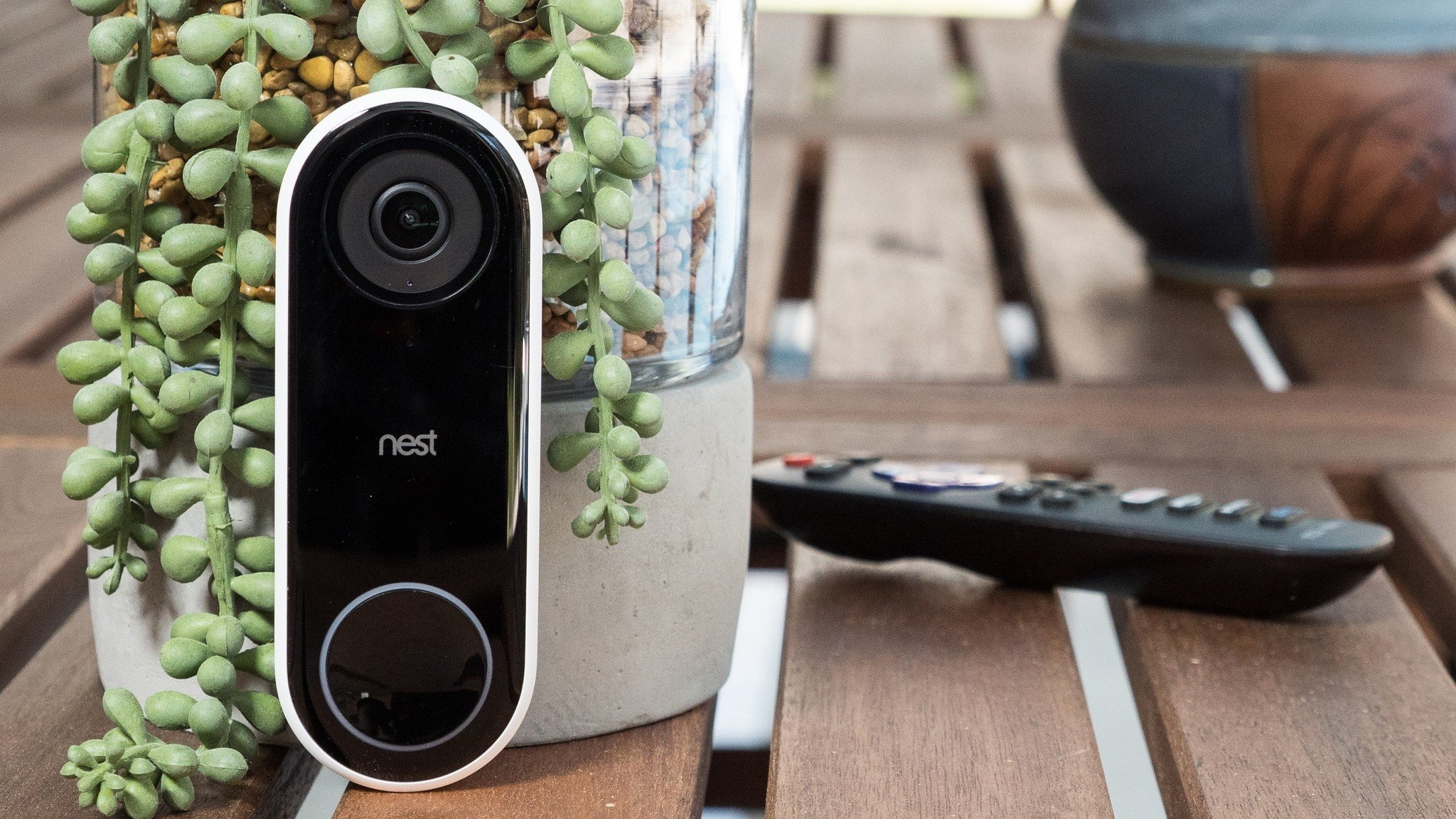
The Google Home app is worse than the old Nest app, but a redesign is coming soon.
The most obvious negatives of the new Nest Doorbell (2nd Gen), from a hardware standpoint, are the lower resolution camera sensor and the narrower field of view (FoV).
Sure, the lower-resolution sensor on the newer doorbell — that's 960p versus 1200p on the old Nest Doorbell — seems like it could be a dealbreaker but, in our tests, the video quality of the new Nest Doorbell was just fine. If anything, it's the night vision that could be improved over other doorbells on the market but that's not much different from the original Nest Doorbell, anyway.
Google also created a lens with a narrower FoV which, in most cases, means you'll see less of your front porch and whatever is on it. However, in this case, Google actually rotated the sensor so that it delivers a 3:4 aspect ratio. Taller video is more important for a video doorbell since you want to be able to see more of whoever is on your porch. Compare that with the wider 4:3 aspect ratio on the original Nest Doorbell and you'll understand the difference right away.
In a nutshell, the real downgrade isn't the hardware at all. It's actually the software.
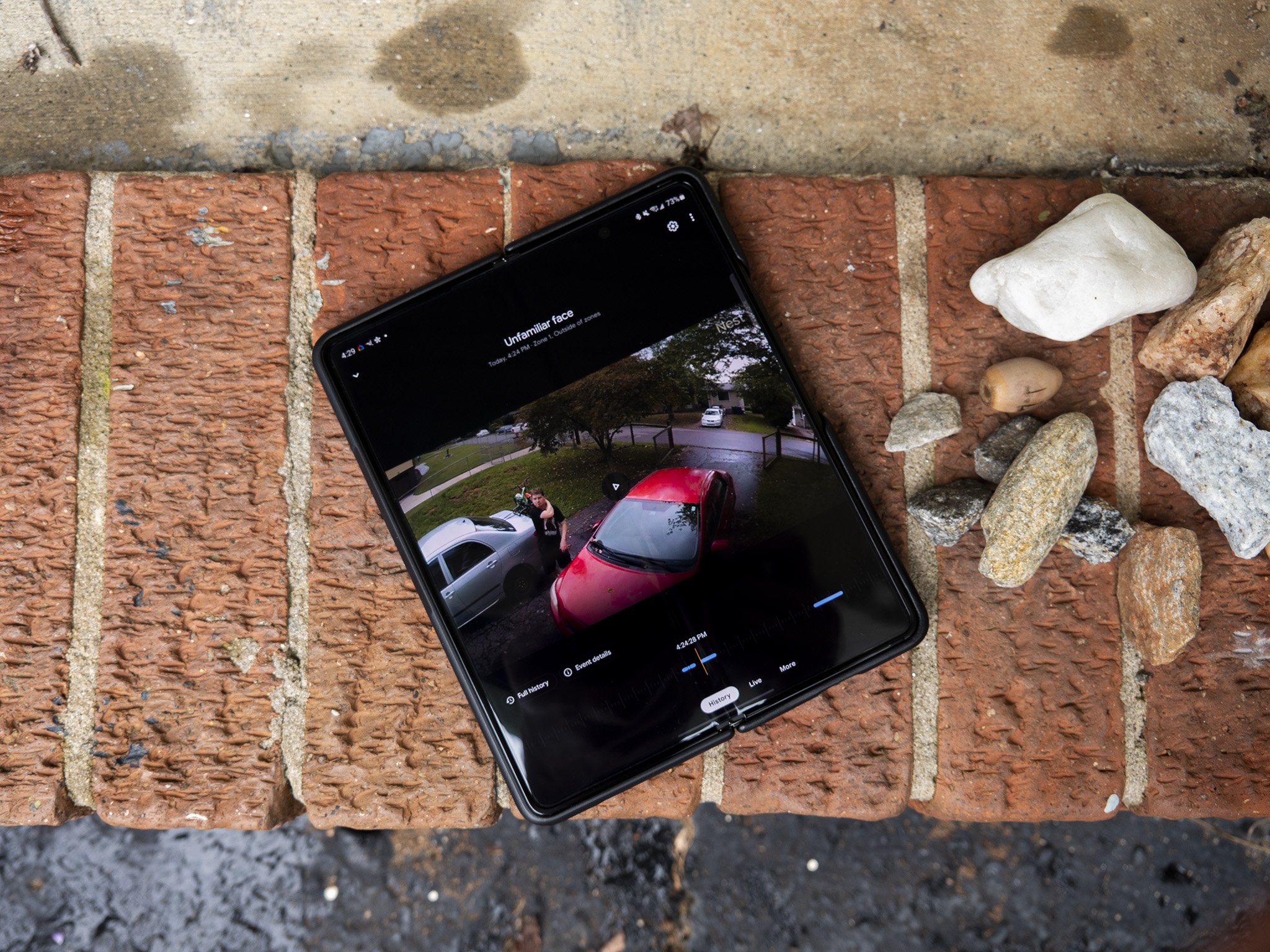
All of Google's latest Nest cameras don't work with the older Nest app. Instead, they only work with the Google Home app which has been a total mess for cameras for a while now. Google is working on a redesign that's being tested publicly with folks who are lucky enough to have been chosen but until it's actually released, the current Google Home app experience is sub-par compared to the old Nest app.
Nest Doorbell (wired, 2nd Gen) vs. Nest Doorbell (1st Gen): Which should you buy?
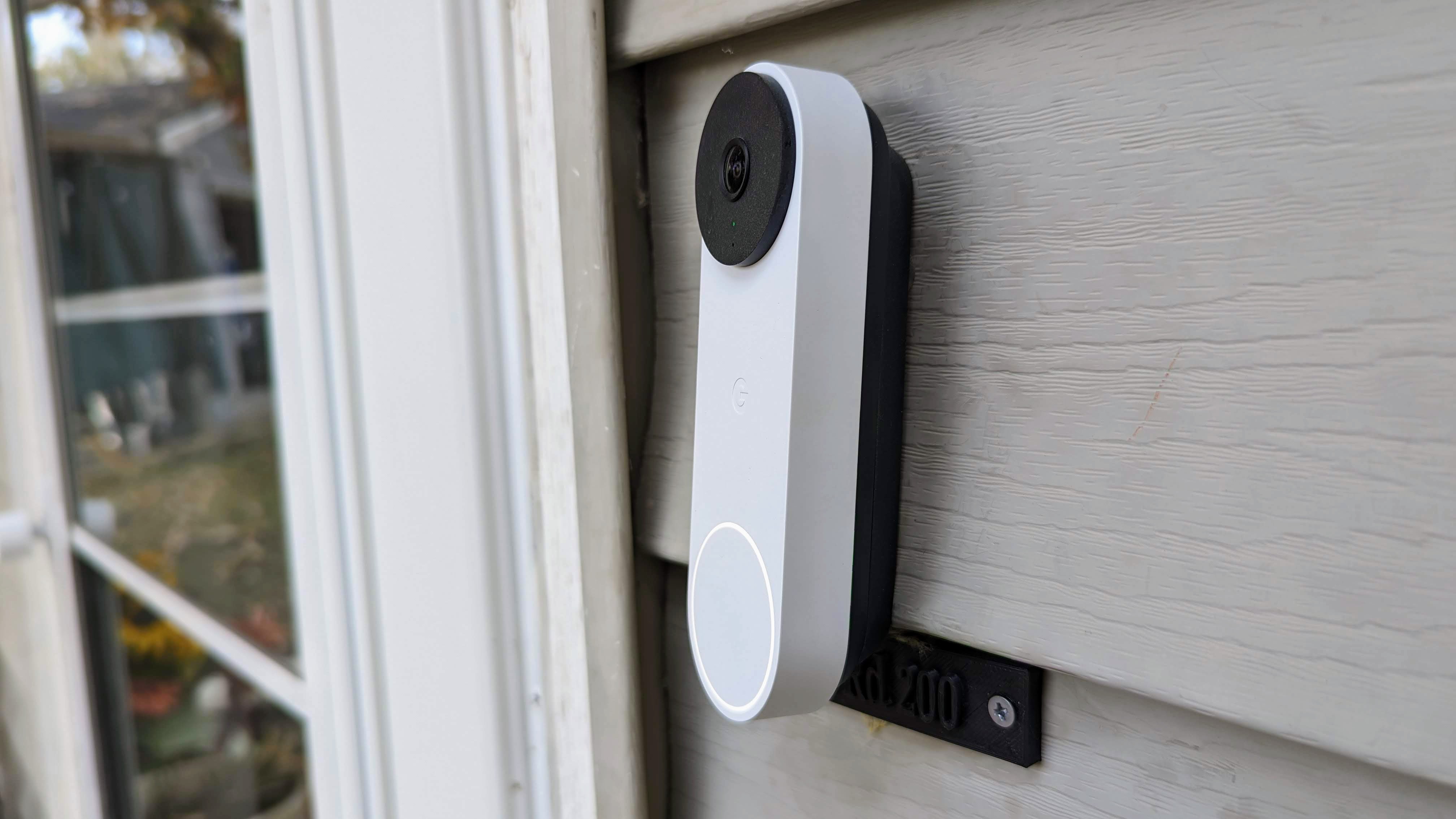
As I said in the beginning, if you've got a perfectly good Nest Doorbell (1st Gen) and you don't have any issues paying for a Nest Aware subscription, upgrading to the 2nd Gen probably isn't going to do much for you. However, if you want to ditch the subscription or just get a new look for your doorbell, this is a phenomenal choice.
Being able to get on-device object recognition and 3 hours of video history — not to mention the 1-hour battery backup — is a game-changer that will keep many people from having to pay another monthly subscription fee.
While a Nest Aware plan certainly adds tons of value at just $6 a month — including continuous recording — it's great to be able to drop the subscription and not feel like the device you loved is totally ruined. The original Nest Doorbell felt almost useless without the subscription thanks to its cloud-based design.
Nest Doorbell (wired, 2nd Gen) is easily our favorite video doorbell on the market right now, and there's little chance of that changing any time soon.
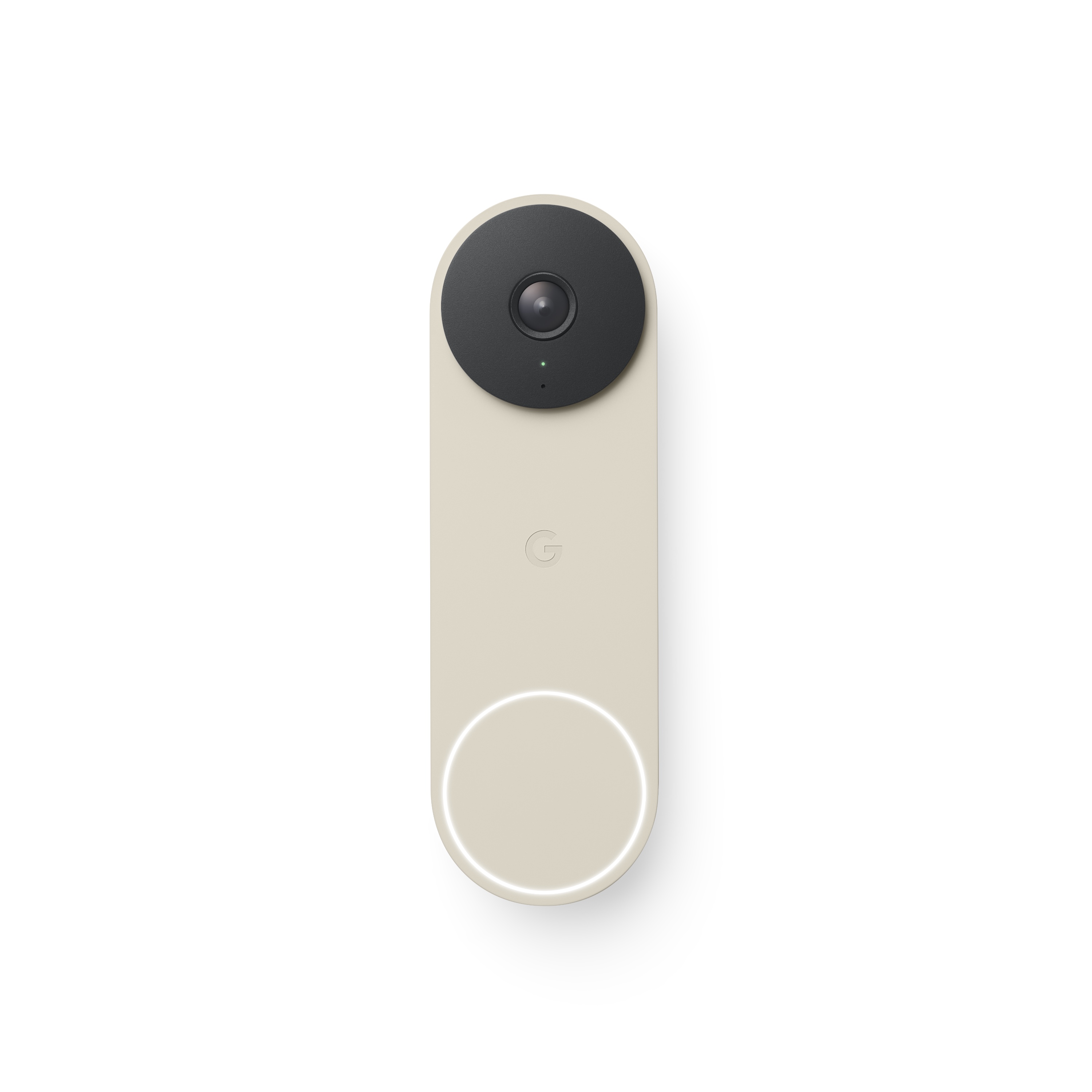
A clean design with excellent AI features. Thanks to the hardwired-power, the Nest Doorbell (wired, 2nd gen) can offer 24/7 continuous recording, should you choose to pay for the Nest Aware Plus subscription.
Be an expert in 5 minutes
Get the latest news from Android Central, your trusted companion in the world of Android

